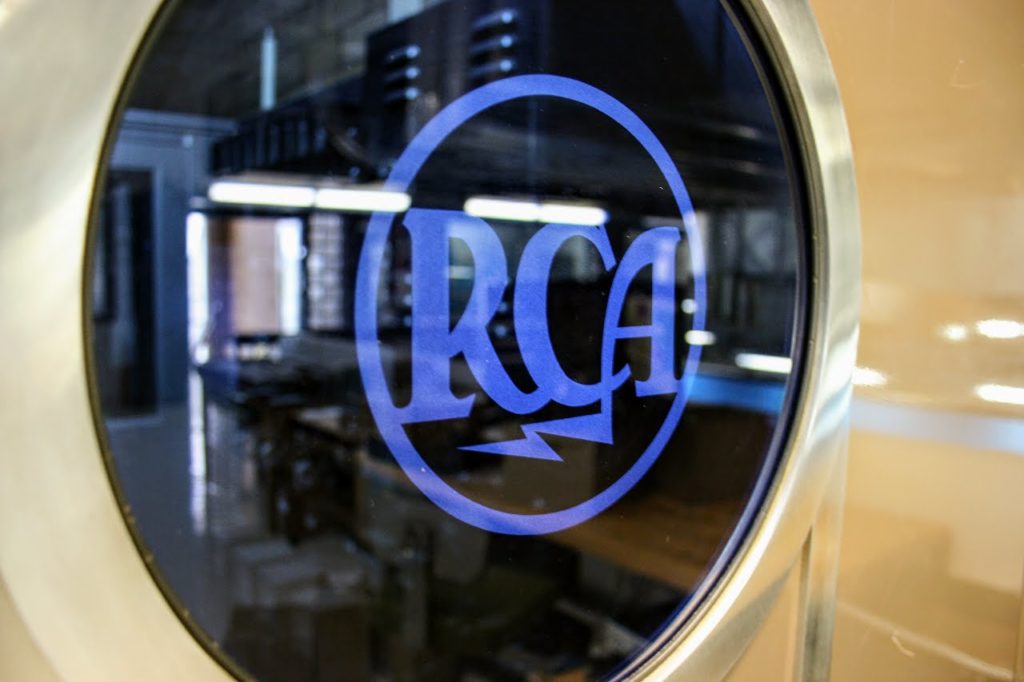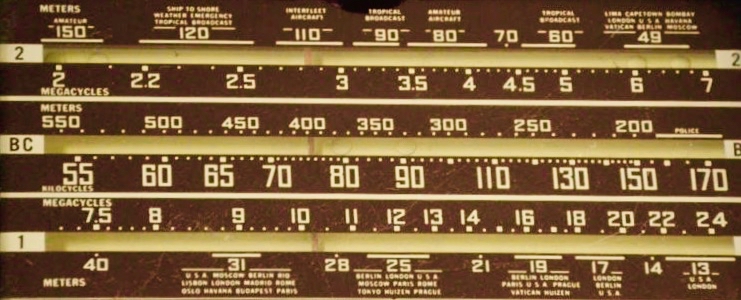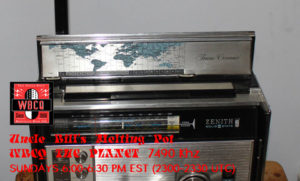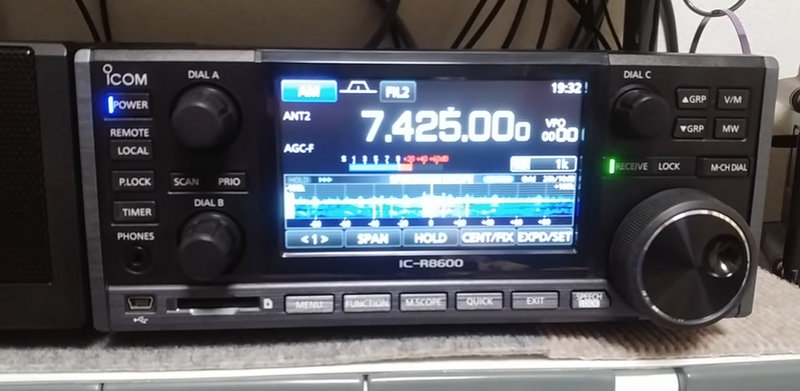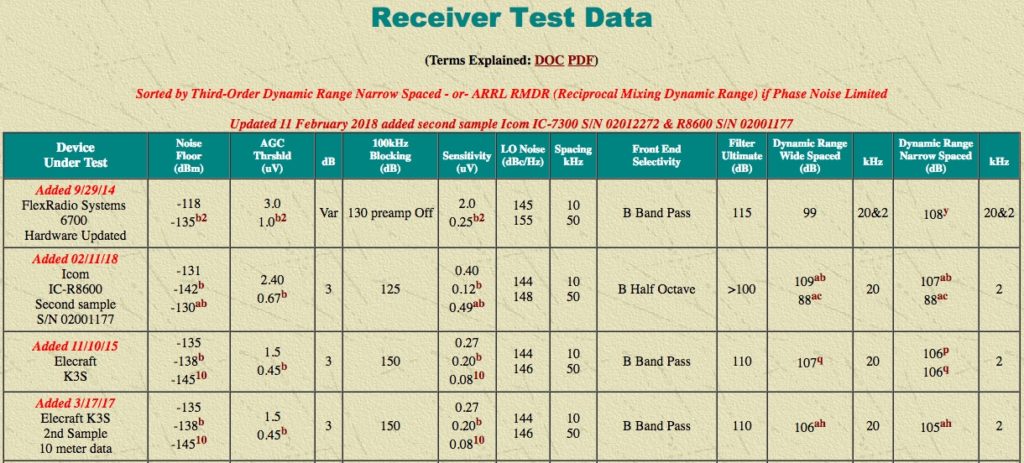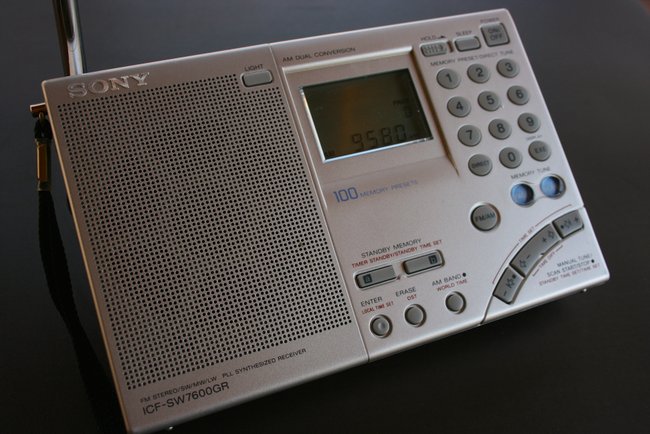Some of you might recall our story about this 1940s RCA transmitter–here’s is the follow-up:
(Source: CBC via Mike Hansgen)
The massive transmitter is being moved from the former RCI site to the former Dorchester jail
Bill Steele is a collector of odd things. A year ago, for example, he bought the site of the last double hanging in New Brunswick.
His latest purchase is less morbid but also a rare find: a massive 1940 shortwave transmitter that once broadcast Canada’s stories around the world.
The transmitter was installed around the end of the Second World War and used until the 1970s. The Radio Canada International site outside Sackville continued to broadcast, but the 50 kW transmitter, five metres long and 2½ metres wide, was decommissioned and used as a showpiece.
The RCI property was bought in February 2017 by Mi’gmawe’l Tplu’taqnn Inc., which had no use for the non-functioning equipment and put it up for sale.
Steele couldn’t help himself.
“I like weird and unusual stuff,” he said. “That’s why I’m putting it in my jail.”
He bought his jail — now a gym and bed and breakfast — last year as a retirement project. Guests bunk in a decommissioned jail cell.
The jail built in the 19th century was where the Bannister brothers of Berry Mills were hanged for murder in 1936, the last double hanging in the province.
Steele’s enthusiasm for historical objects is infectious even when he talks about the paperwork that comes with his latest purchase.
[…]Steele is hoping anyone with stories about the transmitter will share them with him on his Dorchester jail Facebook page, because, as Steele is the first to admit, this isn’t his area of expertise.
“I’ve never touched a shortwave radio, but look it, I’m going to have the biggest one in Canada.”

